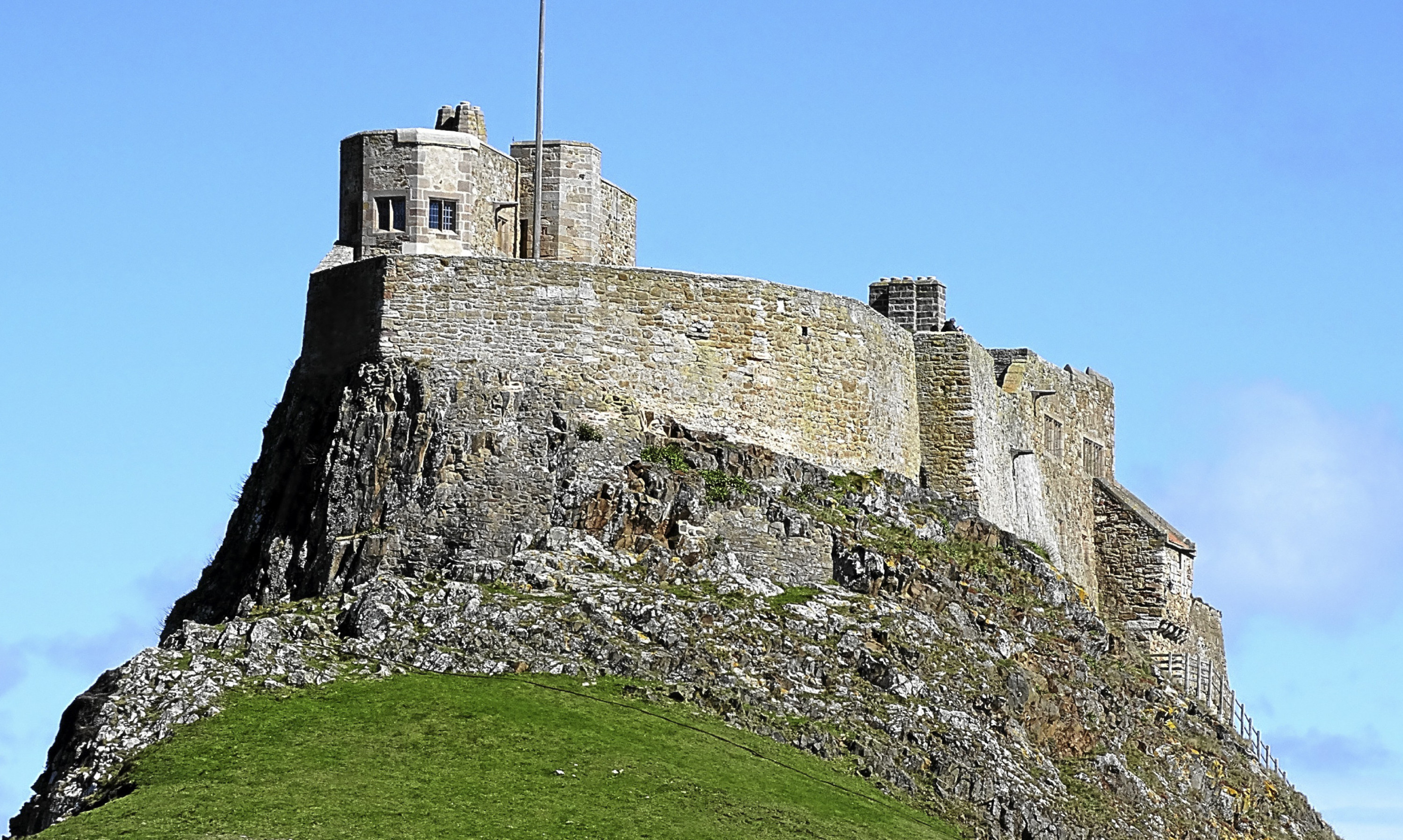Since our student days the Doyenne and I have had a great affection for Northumberland and its coastal towns and villages.
We’re back from a break in Beadnell, which would have been an excellent centre for exploring the countryside if the weather had been better.
We had sleet, hail and torrential rain and snow fell inland on the high tops of The Cheviots. We saw lots of leaden skies and lumpy, pewter seas. With no newspapers – a conscious decision – and no TV, we took the opportunity to read our books.
It seems a long drive but past Edinburgh it’s no more than an hour and a half to most of the Northumberland destinations.
We’d no timetable to stick to and, after Edinburgh, we joined the A68, crossing Soutra Summit with the Lammermuir Hills on our left and dropping down to Carfraemill, where we turned off on to the A697.
Forgotten road
When we were first married we regularly took these routes to visit the Doyenne’s family in Yorkshire. There were none of the motorways then and they were preferable to the A1, which was the principal east coast route to and from the south and always very busy.
The A697 is a lovely road to drive – so quiet it might be a forgotten road, with the visual impact of long views into Lauderdale and Teviotdale.
The Border hills are bonny, deceptively soft-looking compared with our Angus braes but winter can be as hard, bleak and desolate as anywhere.
This is the Scottish East March of the Border Reivers country. Read George MacDonald Fraser’s, “The Steel Bonnets”, to really appreciate the horrors of the Border reiving years.
You’ll meet Jock Half-Lugs Elliot, Nebless Clem Croser and Fingerless Will Nixon – bynames earned surely from injuries received in the bloody feuding of these lawless times.
We visited Beadnell several years ago and looked round Saint Ebba’s Parish Church, which is as attractive outside as it is inside.
I was pleased to see they still have a dog bowl at the front door filled with fresh water for thirsty travelling dogs. My eye caught a quotation from the Book of Hebrews, “Faith is being sure of what we hope for and certain of what we do not see”.
We were in a tiny flat across from the church and the church bell strikes the hour with a gentle, summoning tone. It woke us briefly throughout the night but we quickly fell asleep again. We were woken properly in the morning by the sounds of wood pigeons, the rooks from the rookery in the elms beside the church and the lighter chak chak calls of jackdaws.
As you’d expect, spring is further on down there. The daffodils are almost over and the oil seed rape is flowering. Sunbursts of colourful yellow forsythia brightened up the gardens.
Just as we have beech hedges along our roadsides, they have miles of neatly trimmed hawthorn hedging interspersed with blackthorn blossom.
It’s easy to tell the difference between the two. Blackthorn flowers earlier than hawthorn and before its leaves have formed. Hawthorn produces similar frothy blossom after its leaves have formed.
Substantial handsome farmhouses built with the attractive local sandstone, with well-kept farm steadings, stand back from the roadside. And they use red pantiles on the steading roofs, reminiscent of Fife and East Lothian.
We weren’t total couch potatoes and spent a morning shopping in nearby Alnwick. It’s an old fashioned town, oozing history and character and still with a lot of independent shops. There’s Alnwick Castle too, of course but that’s an expedition in itself to look round, as are the castle gardens.
More manageable, especially for fishermen, is Hardy’s of Alnwick rod and fishing tackle museum.
Until you visit, it’s hard to think such a niche subject could provide so much informative and interesting history. It’s free but they catch you anyhow because no fisher worthy of the name can ever leave without buying something from the factory shop beside it.
Pilgrimage and retreat
The sun came out on the last morning and we could visit the Holy Island of Lindisfarne after all. It’s been a centre of Christianity and a place of pilgrimage since the 7th Century.
A causeway links the island to the mainland but twice a day it is covered by the tide, so check the tide tables or the internet to be sure you can cross when you want to.
Lindisfarne is still a centre for pilgrimage and retreat. However, it seems to me to be in danger of being a victim of its own success and its religious focus eclipsed by its popularity as a tourist destination.
The island has a thriving community, a school, working harbour, shops and hotels, plus bird watching and wildlife interest.
The 16th Century Lindisfarne Castle, more of a keep than a castle, dominates the island skyline. Built on a rocky prominence, like its grander neighbour Bamburgh Castle five miles down the coast, Lindisfarne was intended as a defence against marauding Scots.
Just how it should have been – think of Flodden Field in 1513.










